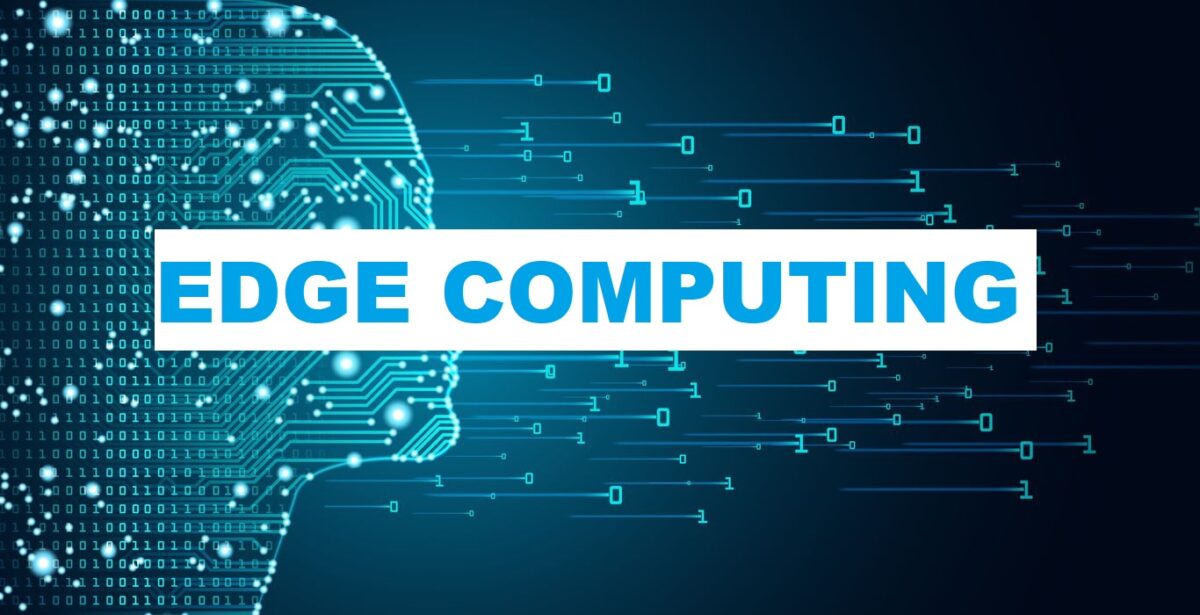Following productivity gains in the 1980s and 1990s from techniques such as lean manufacturing, just-in-time manufacturing popularized by Toyota, and Six Sigma, industrial companies have experienced steady declines in efficiency. Today the average annual productivity gain is very poor, 0.5%. With some room left for continued operational improvement, industrial organizations must find new ways to increase production, performance and profits.
Enter the digital industry transformation.
Using technological innovations, industrial companies are beginning to push for new levels of performance and productivity. And while cloud computing is a key driver of industrial transformation, Edge Computing is rapidly becoming an important part of the Industrial of Things (IIoT) equation for accelerating digital transformation.
Edge computing is not a new concept, but several trends have come together to create opportunities to help industrial organizations turn massive amounts of machine-driven data into actionable intelligence closer to the source of the data.
This blog covers the many facts of Edge Computing, including defining what Edge Computing is, what the components of Edge Computing are, what drives its current feasibility and implications, and its role in distributed computing in coordination with cloud computing. It also provides some examples of Edge Computing as well as Digital’s approach to Edge Computing for industry.
The existing computing infrastructure is close to the data source.
In the context of IIoT, ‘edge’ refers to existing computing infrastructure close to data sources, for example, industrial machines (e.g. wind turbines, magnetic resonance (MR) scanners, underwater explosion suppressants), industrial controllers such as SCADA systems, and time series databases. collects data from various equipment and sensors. These Edge Computing devices are usually located far from the centralized computing available in the cloud.
Wikipedia defines Edge Computing as “pushing the boundaries of compute, data, and service applications from centralized nodes to the logical extremes of the network. This allows analytics and data collection to occur in the data source. This approach requires leveraging resources that may not be constantly connected to the network such as laptops, smartphones, tablets, and sensors. ”
The role of Edge Computing to date has mostly been used to ingest, store, filter, and send data to cloud systems. We’re at a point in time, however, where Edge Computing systems pack more compute, storage, and analytics power to consume and act upon on-premises data. This Edge Computing capability will be more than valuable to industrial organizations — it will be indispensable.
The promise of the Industrial Internet includes significant investments in the years to come.
Industry experts have calculated that tens of billions of connected things will generate huge volumes of data from disparate sources. The promise of the Industrial Internet includes significant investments in the years to come. Industrial IoT unites minds and machines — connecting people to machine data that accelerates the transformation of the digital industry.
By applying big data, advanced analytics and machine learning to operations, the industry can reduce unplanned downtime, improve asset performance, lower maintenance costs, and unlock the potential for new business models that capture the untapped value of machine data.
